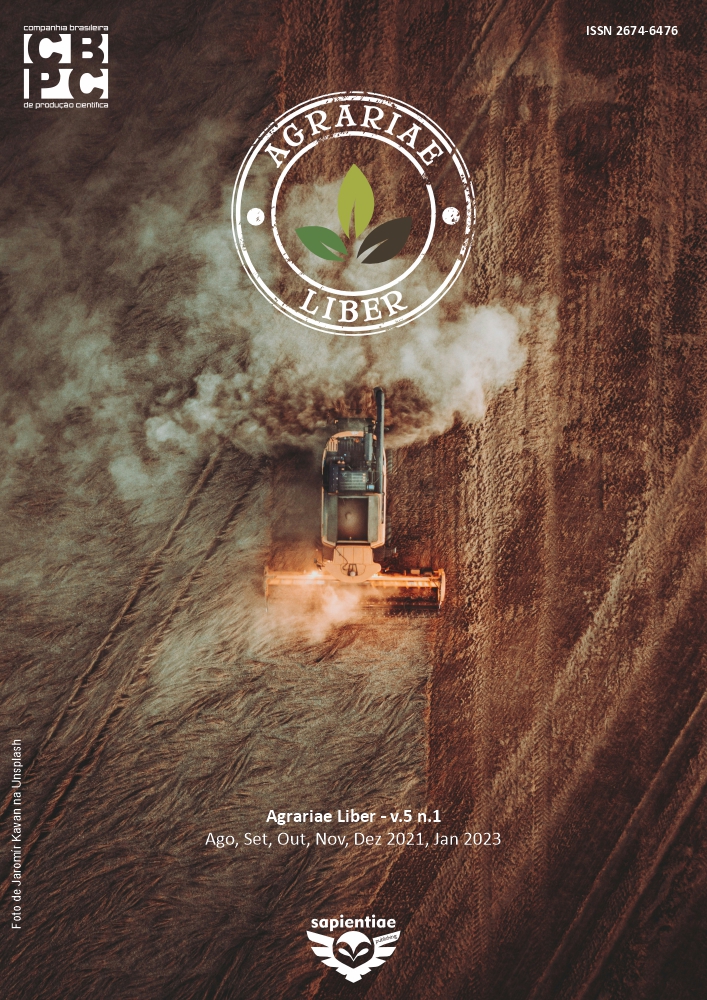Indication of caatinga woods for use in toy production
DOI:
https://doi.org/10.6008/CBPC2237-9290.2018.001.0002Keywords:
Toys, Imburana, Semi-aridAbstract
The toy has the characteristic of pedagogical material relevant to the learning of a child, and wooden toys are funnier and didactic. Thus, linking to this art is the advance of technologies and research to characterize and analyze which best kind of wood is suitable for building toys. In this context, the objective of this study was to indicate Caatinga wood suitable for use in the production of toys. The research was carried out in the period from 1986 to 2017, through the literature review. A total of 19 species were selected based on the highest values of importance (IVI), expressed in studies carried out in the caatinga biome, and then established classification and eliminatory criteria to determine the most suitable woods to use as raw material for the production of toys. In the density criterion, it was observed that the density varies from 0.43 to 1.00 g / cm³. It can also be noted that 55% of the species are classified as heavy, 27% moderately heavy and 18% light. Thus, we conclude that of the 19 species evaluated, only five species meet the requirements to be used in the manufacture of toys. They are: Imburana, Empiratanha, Pereiro, Angico-rouge and Jurema-branca. In addition, the Pereiro and Angico-Vermelho species, although not easy to work, can also be a good indication of use in the absence of easily workable species.
Downloads
Downloads
Published
Issue
Section
License
The CBPC - Companhia Brasileira de Produção Científica (Brazil CNPJ: 11.221.422/0001-03) the material rights of the published works. The rights relate to the publication of the work anywhere in the world, including rights to renewals, expansions and dissemination of the contribution, as well as other subsidiary rights. All electronically published works may subsequently be published in printed collections under the coordination of this company and / or its partners. The authors preserve the copyright, but are not allowed to publish the contribution in another medium, printed or digital, in Portuguese or in translation.








